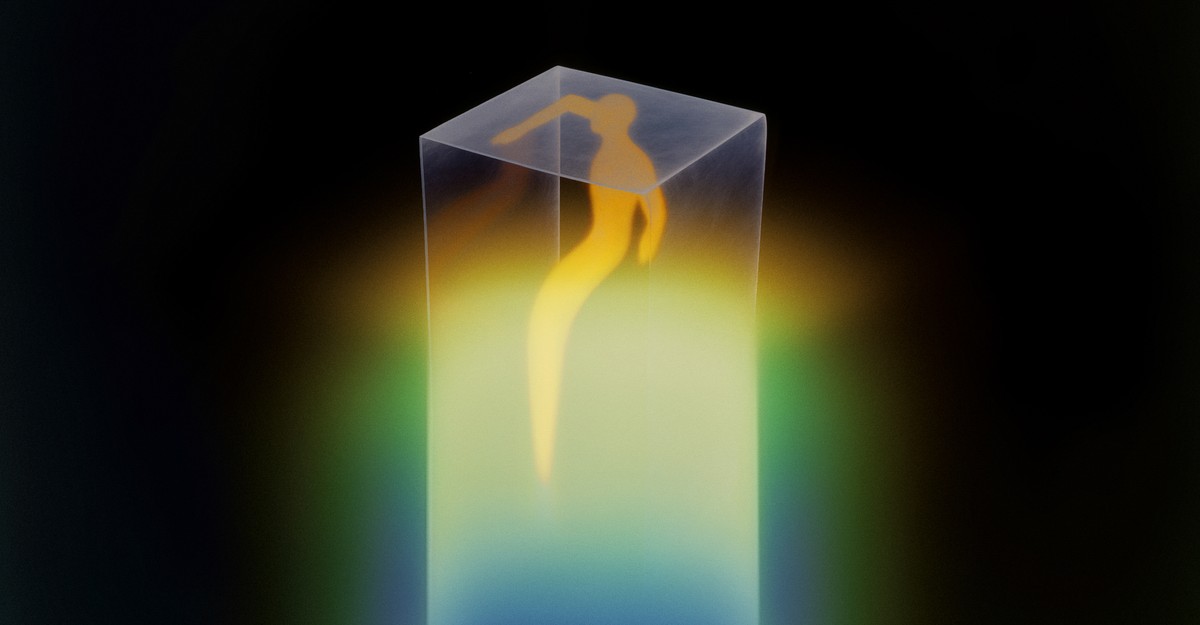Experiencing a New Color: A Profound Insight into Synesthesia and Beyond
Have you ever tasted a word, or felt the texture of a sound? For some, these aren't just metaphors; they're lived realities. The phenomenon known as synesthesia, where stimulation of one sensory or cognitive pathway leads to automatic, involuntary experiences in a second sensory or cognitive pathway, offers a profound insight into the fascinating interconnectedness of our brains and perceptions. This article explores the unique experience of "seeing" a new color, a possibility opened up by synesthesia and the expanding boundaries of our understanding of perception.
What is Synesthesia?
Synesthesia is a neurological condition where the senses become blended. It's not a hallucination or a mental illness, but rather a difference in brain wiring that causes unusual sensory experiences. Common forms include grapheme-color synesthesia (letters and numbers have associated colors), sound-color synesthesia (sounds evoke colors), and lexical-gustatory synesthesia (words have associated tastes). While the exact cause remains a subject of ongoing research, it's believed to be linked to increased neural connectivity and cross-activation in certain brain regions.
The "New Color" Experience: A Synesthetic Perspective
For those with synesthesia, experiencing a new color isn't about seeing a shade already present in the visible spectrum. It's about encountering a completely unique hue – a color that exists only in their subjective sensory world. This isn't simply a different interpretation of an existing color; it's a genuinely novel sensory input. Imagine a color you've never seen before, a color that defies description, yet is as vivid and real as any color you already know. This is the experience many synesthetes describe.
This ability to perceive new colors highlights the plasticity of the brain and the remarkable capacity of our sensory systems to adapt and generate novel experiences. It challenges the traditional view that our perception of color is rigidly defined by the physical properties of light.
Beyond Synesthesia: Exploring the Potential of Novel Sensory Experiences
While synesthesia offers a particularly striking example, the possibility of experiencing a "new color" raises intriguing questions about the limits of human perception. Research in virtual reality and augmented reality is pushing the boundaries of sensory input, potentially allowing us to experience colors beyond the normal visible spectrum, or even entirely new sensory modalities altogether.
Imagine:
- VR environments designed to stimulate new types of sensory perception: These could potentially create entirely novel color experiences, broadening our understanding of color and its relationship to other senses.
- Advanced sensory augmentation technologies: These technologies might allow us to "see" otherwise invisible aspects of the world, transforming our understanding of reality itself.
The Future of Sensory Exploration
The experience of a new color, whether through synesthesia or future technological advancements, offers a window into the potential of our minds and senses. It's a testament to the ever-evolving nature of human perception and the boundless possibilities for expanding our understanding of reality. Further research into synesthesia and related phenomena promises to unlock exciting new insights into the human brain and the nature of consciousness.
Want to learn more about synesthesia and its implications? Check out these resources:
This exploration of experiencing a new color offers a glimpse into a world of unique sensory perception and the possibilities for future advancements in understanding the human brain and our connection to reality. The journey of discovery continues.

